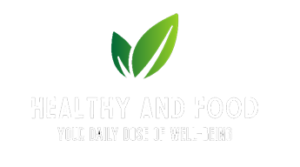Cholesterol is a word associated with bad health, but cholesterol is actually a natural substance, necessary for our body’s healthy functioning, and cholesterol, like most everything else in our lives, is harmful only in excess.
And how is it, then, that the very name, cholesterol, has acquired such bad connotations? Why is that we are always cautioned to ‘have our cholesterol level checked’ and to ‘know our cholesterol number’? To understand this more fully, it is important to know exactly what cholesterol is, what it does, and where it comes from.
Cholesterol is necessary for our bodies. Our bodies must have it to maintain good health, and without cholesterol, it would be impossible for our bodies to function. Not all of the functions of cholesterol are known, but some of them are:
To make cell membranes, giving them stability and durability, particularly in our nerve tissue, brain, and spinal cord.
To make bile, where it aids in the absorption and transportation of fat soluble vitamins, A, D, E and K, which we must have for our health.
To manufacture certain hormones.
The principal source of cholesterol is from our own bodies. It is made primarily by the liver, and it is sent through the bloodstream to where it is needed by way of special carriers called lipoprotiens.
Another source of cholesterol is from our diets. Certain foods, such as meat, eggs and whole-fat dairy products all contain cholesterol. There are other foods we eat, such as foods high in saturated fats and transfats, that cause our livers to make more cholesterol.
Cholesterol, like other fats, will not dissolve in liquid, and therefore, it must be carried through the bloodstream, by way of special carriers called lipoprotiens, to where the cholesterol is needed. If more cholesterol is circulating in the bloodstream than is needed for our bodies, it can work with other elements in the blood in the formation of plaque along artery walls.
Although cholesterol is a complex substance made up of many subcomponents, the main subcomponents as they are understood at this time, are LDL, or ‘bad’ cholesterol, HDL, or ‘good’ cholesterol, and triglycerides.
LDL cholesterol is referred to as the ‘bad’ cholesterol, because it is one of the main components in arterial plaque. HDL cholesterol, on the other hand, helps to reduce plaque by returning excess LDL to the liver and aiding in its excretion. Triglyceride levels correspond to LDL levels.























